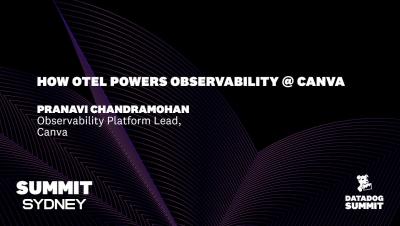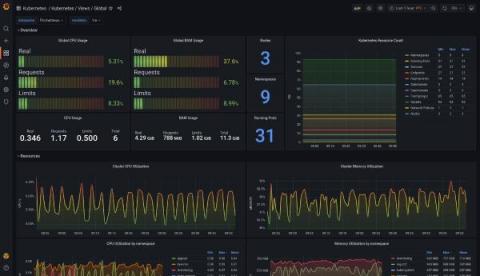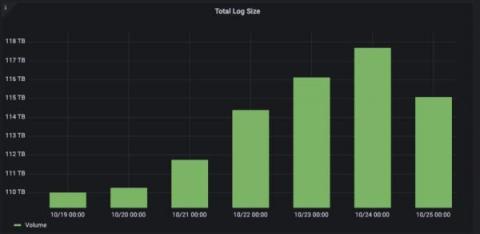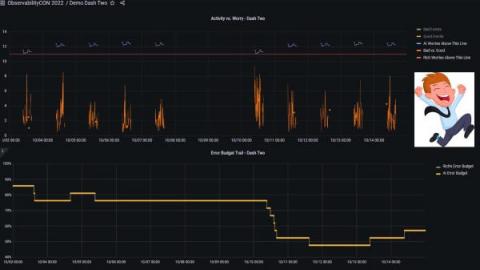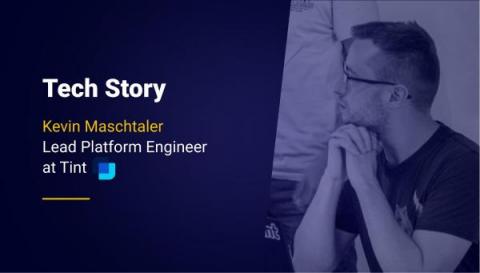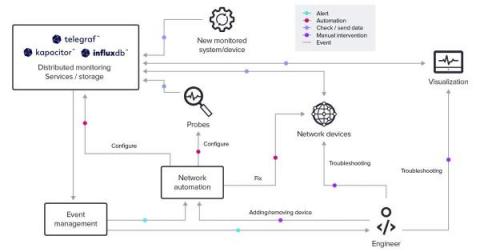Operations | Monitoring | ITSM | DevOps | Cloud
Case Study
How to monitor Kubernetes with Grafana and Prometheus: Inside Powder's observability stack
David Calvert is a site reliability engineer working remotely from the south of France. He’s currently focused on observability, reliability, and security aspects of cloud infrastructure. You can find him as dotdc on GitHub and @0xDC_ on Twitter. Over the past three years, I’ve built and operated Kubernetes clusters for two different companies — the first one on-premises, and the second on a public cloud platform for my current job at Powder.
Web Performance Profiling: Google.com
4 billion logs, 120 TB of data: How Just Eat Takeaway.com uses Grafana Cloud to scale
In 2017, Just Eat Takeaway.com (JET) was transitioning from a scrappy startup to a surging scaleup. With a global customer base and workforce, the food delivery marketplace’s front line teams needed to scale the real-time monitoring of the platform. Their initial efforts looked like “NASA’s mission control with Grafana dashboards,” said Senior Technology Manager Alex Murray.
How JPMorgan Chase uses Grafana and AI to monitor SLOs, SLIs, and more
For the team at JPMorgan Chase, the daily stakes of having a stable system are high. “We are in the business of making sure that trades are executed, and systems are stable and up and running for a positive client experience,” said Askari Imam, VP, Asset Wealth Management (Product and Integration Delivery).
How Lumigo helps StartingFinance run 100% serverless with 100% confidence
Gartner IOCS Blog - Lucid Motors Case Study
Assaf Resnick, CEO and co-founder of BigPanda, sat down with Sanjay Chandra, vice president of information technology at luxury electric automaker Lucid Motors, at Gartner IT IOCS 2022. They discussed Lucid’s unique ITOps journey and how BigPanda helps minimize downtime of critical applications and services. Sanjay is a visionary ITOps leader, responsible for IT, enterprise systems, global infrastructure, operations and security at Lucid Motors.
How Tint Streamlines Infrastructure Automation and Meets Compliance Requirements
A Guide to Stack Overflow's Path to the Cloud
Red Hat Uses InfluxDB to Collect gNMI Data for Internal Network Monitoring
Red Hat is a global leader for open source enterprise IT solutions with a portfolio of products that includes hybrid cloud infrastructure, middleware, cloud-native applications, and automation solutions.


